Diving Accident Analysis: The Christine Gauci Fatality, Malta 2020
Assessing critical learning points from a fatal diving accident to help promote increased dive safety.
In January 2020, Christine Gauci, a 35-year-old technical diver, scuba instructor, freediver, and Afghanistan veteran, tragically perished in a scuba diving accident in Malta. The incident drew worldwide attention within the dive community; not least because Gauci’s dive buddy was charged by the Maltese police following post-accident investigation.
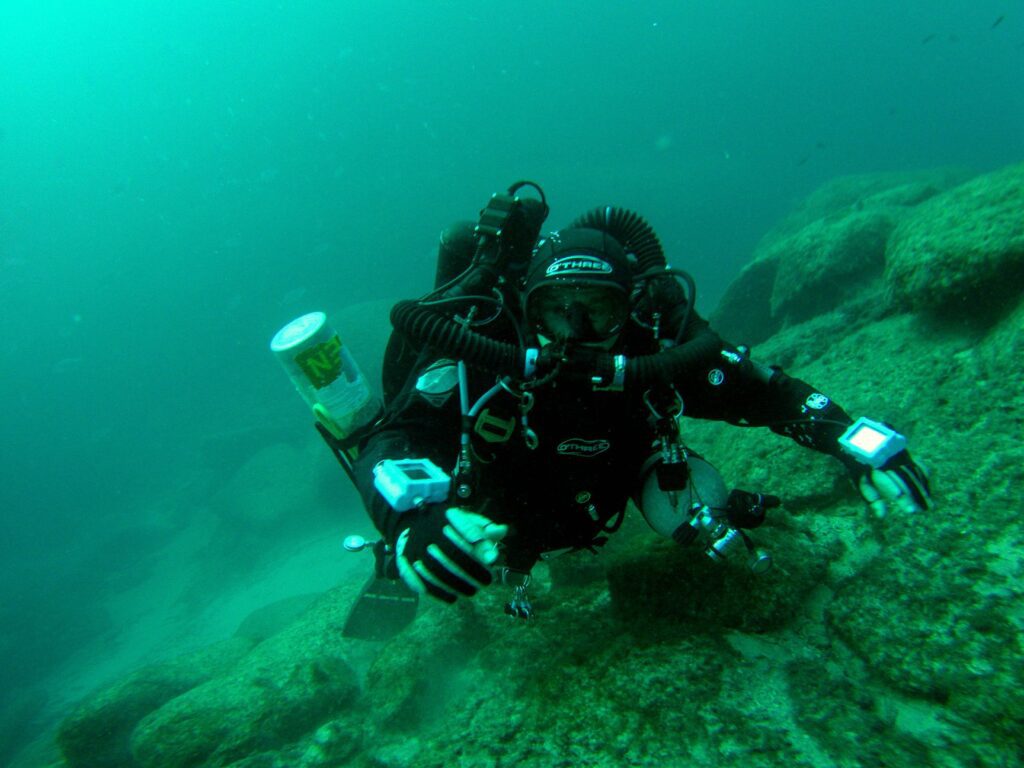
In follow-up news published today, dive buddy, Arthur Castillo, was found guilty of ‘involuntary homicide through negligence’ by the Gozo Court of Magistrates.
It’s not my intention to comment on those legal proceedings or the trial outcome, but rather to analyse the factors and events of the scuba accident itself; so as to provide some learning benefit that may promote increased dive safety for others. Thankfully, the details of the accident are now public, due to courtroom reporting by ‘Malta Today‘.
Diving Issues Identified During The Trial:
I have defined a number of key factors in the accident using information gained from reading media reports about the trial; which included a number of diving and medical expert witnesses. These factors provide insight for the improvement of diving safety. I have quoted statements from the trial reports and then added my own comments to address the general issues raised and give my advice.
Fatigued Before Diving:
Gauci had admitted to Castillo that she had been awake for 20 hours preceding the dive. For that reason, Castillo’s girlfriend had attempted to talk her out of doing the dive, but Gauci dismissed the suggestion, stating that the cold water would “revitalize her senses“.
Comments: I think that most divers can associate with moments of self-induced pressure to conduct scuba dives; even when reasonable prudence screams that they shouldn’t go diving. I’ve certainly been guilty of this on many occasions, especially as a working instructor; having done dives in the past whilst injured, sick, hung-over or otherwise ill-rested.
It’s really important to recognize and accept that sleep deprivation has a truly debilitating effect upon both cognitive and physical performance; including emotional control. It will decrease situational awareness, which then causes more problems to occur. Being fatigued also impedes mental reasoning and one’s ability to implement solutions.
Importantly, it also diminishes resiliency to stress; the diver will have a reduced capacity to maintain calm when things go wrong; they will be far more susceptible to active panic states. Be self-observant of atypical mood swings; frustration, impatience, annoyance, agitation, anxiety, etc.
In respect to buddy/team diving, it’s wise to recognize that individuals can sometimes exhibit flawed judgment.
Those occasions may demand that you make a judgment call on their behalf, and doing so can take a degree of courage.
In technical diving there is a mantra: “Any diver can abort any dive, at any time“.
It is important to consider that “at any time” can be prior to the dive. You can abort a dive if you are concerned in any way about your buddy or team mate; even before you get in the water.
Technical Dive Whilst Inexperienced With Drysuit:
Gauci was equipped with open-circuit backmounted doubles and a deco tank of 50% O2. Her buddy, Castillo, was diving closed-circuit rebreather (CCR). They incurred mandatory decompression on the ~28m dive.
An expert witness at the trial stated that she was “using a dry suit that was too big for her, causing it to trap too much air… the suit was also defective. She had not been trained on how to use a dry suit or maintain its buoyancy“.
Comments: Needless to say, expert training is a necessity for using drysuits. They contribute, far more frequently than any other item of dive equipment, to uncontrolled ascents and resulting decompression sickness incidents. I lost another diving friend several years ago who was unqualified and inexperienced in using dry suits. They were also an instructor, and the fatal accident occurred shallower than 10m.
Using any unfamiliar equipment is an especially bad idea on technical decompression or overhead environment dives; the consequences of error are far too severe. Make time to practice with new equipment in safe, supervised situations; swimming pool sessions or very shallow shore dives.
Likewise, issues with equipment functionality cannot be ignored. Even if the equipment itself doesn’t directly provoke an incident, it can be complicit in adding an intolerable amount of cognitive strain when the diver is already experiencing stress. Be wary not to overestimate your capability to deal with unfamiliar or dysfunctional equipment; under stress it can be a decisive factor in preventing a favorable outcome.
Buoyancy Problems On Descent:
During descent, Gauci experienced buoyancy control issues that necessitated the intervention of her dive buddy. Between 16-18m depth, Castillo helped Gauci deal with difficulties dumping gas. He suggested aborting the dive at that point, but she signalled to proceed with the dive. Subsequently, upon arriving at 28m depth, Castillo again had to physically assist Gauci by holding her down and releasing gas from her BCD.
Comments: The repeated need for intervention and physical assistance from the outset of the dive should have been a ‘red flag’ to abort. Again, that’s especially true on a risk-consequential tech dive.
A single ‘glitch’ in the process of planning, preparing, and conducting a dive may not be meaningfully significant. However, when glitches occur in a series, it can signify an underlying problem that you aren’t consciously aware of. Whether you believe in luck or not, do make a habit of respecting warning signs when they repeatedly show themselves.
Buoyancy issues on descent should never be overlooked or disregarded. Insufficient weighting is never a problem that goes away during a dive; it only amplifies as more gas is consumed. Buoyancy issues early in a technical dive should absolutely necessitate serious and responsible decision-making about aborting.
Personally, if I am compelled to physically intervene and assist another diver, then I have to assume they are not capable of conducting that dive. Anything less is a tacit advocation of ‘trust me’ diving. Whatever the reason, it’s best to surface, reset, and resolve whatever the issues are. My mindset is that a physical intervention is a near-miss; without that intervention an accident may have occurred.
Fishing Net Entanglement
During the bottom phase of the dive, Gauci and her buddy entered a small underwater cave. Within that cave, she became entangled in a discarded fishing net. Castillo assisted in helping cut Gauci free of the net. Again, when asked, she signaled an intention to continue the dive.
Lessons to be learned – Entanglements
Fishing net entanglements do occur when ocean diving and it is often preferable to allow one’s buddy or team to assist and extricate you. Again, my thoughts on this are that it was yet another glitch on that dive. Such patterns need to be recognized as a warning sign and acted upon.
Some might call it ‘bad luck’, but there are often insidious physiological, psychological, or cognitive performance issues causing the glitches to occur. Don’t let pride or stubbornness impede accepting that you’re having a bad day and that it might be best to take a rest day from diving instead.
Insufficient Weighting
Following exit from the cave, Castillo directed that the pair should ascend to a shallower depth for the return swim to shore. As they arrived at 15m, Gauci again suffered issues with positive buoyancy. Castillo donated 2kgs of his own weight to her, but that proved insufficient. He then found and gave her a “heavy rock” to hold. Again, when asked, Gauci signaled her intention to continue the dive.
Lessons to be learned – Insufficient Weighting
In this instance, the problem seems predictable given problems in descending at the outset of the dive. Don’t underestimate how a ‘small’ annoyance, like weighting/buoyancy issues, can have a detrimental effect on psychological resilience as the frustration and cognitive loading compound over the duration of a dive. It can develop to a point where the diver is teetering at the brink of their stress tolerance; if any other stressor occurs, they may flip into a panicked state.
Gas Depletion
During the trial, it was established that Gauci had consumed 70 bars of her primary gas within the first 20 minutes of the dive, at a depth of only 10m. This indicated an incredibly high gas consumption rate; e.g. if using twin 12L cylinders, the SAC would have been 42 liters per minute. During the accident inquest, it was determined that Gauci’s primary cylinders were drained empty when she surfaced. Her additional deco gas stage was, however, full.
Lessons to be learned – Gas Depletion
Team/buddy gas checks are one of the most essential, yet most neglected, protocols in diving. Divers know they should do them, but often just don’t have the focus necessary to remember to do them frequently enough to be meaningful.
In many cases that can be significant of cognitive overload: the diver is too mentally taxed (distracted) on their dive to mentally track the passage of time and receive an unconscious mental prompt to do something routine.
A Note on Situational Awareness
If you find yourself ‘losing track of things’ on your dives; such as gas levels, time, depth, buddy situation or navigational location, it may be wise to consider simplifying the dives you undertake.
Give your brain more time to acquire the experience necessary to run unconscious ‘sub-routines’ that prompt automatic function of routine tasks. Keep distractions and additional tasking to a minimum until everything that needs to happen occurs on auto-pilot. Only then add further demands to your dives.
Beyond just checking gas as an individual or team, Christine’s gas consumption issue is an important example of why robust gas planning and management is critical. The speed of her gas consumption should have been a glaring warning to her and her buddy; it would inevitably become an issue in due course unless considered and planned for en situ.
Divers have to be diligent and consistent in applying gas management for it to become unconsciously monitored and predictable.
A Note on Gas Management
Having spent many years teaching technical diving, I can estimate my student’s SAC rates on-the-fly with uncanny accuracy. I know instinctively how my own consumption rate changes on a given dive just by how I feel; and my brain automatically predicts supply duration, times to ascend and surface etc.
It takes years to develop those skills to an unconscious level. Until then, you have to be self-disciplined in using your brain to monitor information and mentally calculate what it means to the dive.
The other issue is simply that of what needs to happen when you notice atypically high gas consumption in yourself and others. The answer is not to stubbornly continue the dive in denial that a significant problem exists. At the very least, you need to predict how that increased consumption will necessitate deviation from your dive plan.
You can calculate how much bottom time needs to be shortened. However, given that amplified gas consumption has a cause; you may consider whether immediately aborting the dive is the most prudent option to take.
Dive Planning and Communication
During the trial, an expert dive medical witness that the buddy pair had not specifically planned to account for Gauci using open circuit doubles whilst Castillo was using CCR. Castillo hadn’t checked Gauci’s gas level during the last 25 minutes of the dive. In the last team check, she had signaled 110 bar remaining.
Castillo had observed Gauci “grasping her Nitrox 50% decompression cylinder” towards the end of the dive but had not investigated that behavior. Neither did she inform Castillo that she was low on gas, required gas to be shared, or needed to implement a more timely immediate ascent.
The expert dive medical witness observed that Castillo was “not in the right frameset of checking on his open circuit buddy; seeing he had no issues with length of gas supply, it was not within his procedures during the dive or second nature to his skill set to check his buddy’s different and finite air supply.”
Lessons to be learned – Dive Planning and Communication
Dive planning and in-water communication tend to be very neglected; especially amongst recreational divers, but also sometimes for technical divers. There really is no substitute for sitting down together before diving and discussing foreseeable issues and how you’ll deal with them.
Dive Planning
If you dive together routinely, many of those planning issues will have been dealt with previously and become de-facto protocols. However, you must go through the process for anything that changes; such as Christine and Castillo diving as a mixed OC/CCR team on that occasion. Repeating that detailed planning process to account for new factors is what some more experienced divers neglect.
In regards to Christine’s accident, I feel that a breakdown in gas monitoring and communication may have resulted from decreased situational awareness. Castillo had already provided multiple assistances and the stress of that can have a cumulative effect on mental acuity.
Dive Buddy Communication
Christine was repeatedly signaling that she was “ok’ and wished to continue the dive; to the dive buddy, that repetition in denial of substantial problems existing can have a cumulative effect that desensitizes the mind, promotes reduced vigilance, and discourages the buddy from proactively managing their partner’s safety.
Of course, it’s also important to recognize that communication is most important for the diver who is experiencing difficulty or having problems. It would be easy to interpret this as simple stubbornness or over-confidence, but the reality is that signaling you are “NOT ok” is liable to cause the dive to end prematurely.
It can be very hard to admit that you’re not okay; both in diving and in life – even when you want help. It’s an admission to yourself that you aren’t capable; even if that’s just at a certain time or in a specific instance. If you are not okay on a scuba dive, then don’t signal that you are “ok”. Put safety first.
Uncontrolled Ascent
Almost immediately after addressing her buoyancy issues, Gauci experienced an uncontrolled ascent. Castillo was looking away when she lost control but observed the rock he had given her plummet past him.
The cause of this uncontrolled ascent is unknown because there are three potential factors: insufficient weighting, gas depletion and, according to expert witnesses at the trial, Gauci “might have suffered a cardiac arrhythmia which caused shortness of breath, leading to an instinctive quick ascent to the surface in search of air“.
The medical report also noted that Gauci had failed to conduct a safe emergency ascent; there was evidence of lung barotrauma indicating a closed airway as she surfaced.
Lessons to be learned – Uncontrolled Ascent
Whilst scuba divers are trained to deal with buddies having uncontrolled ascents, in real-life scenarios it’s less common that they are either observant or close enough to physically intervene before the diver has ascended away.
The ability to ‘rescue’ a buddy experiencing uncontrolled ascent is really determined by how rigorously attentive and closely positioned to them you are. That said, with the exception of spontaneous equipment (LPI) failure, there are typically warning signs in advance which enable proactive responses.
With reference to Christine’s accident, those warning signs may include the continual positive-buoyancy problem and an increased gas consumption rate that potentially (probably) indicates significantly elevated stress.
One could also consider factors such as her lack of sleep preceding the dive and the predictable stressor of having to deal with multiple issues throughout the dive.
If a diver reaches the limit of their psychological resilience, they may resort to a ‘flight’ survival response: bolting to the surface. All things considered, observable factors should prompt the buddy to remain in very close proximity (within arms’ length) and retain continual observation of the diver; including gauging and monitoring their psychological state through eye contact.
Eye contact can be additionally useful as it can help calm the stressed diver; assuming, of course, that you can effect and project a state of calm confidence in your own eyes when making eye-to-eye contact.
Buddy Separation
Gauci’s uncontrolled ascent separated her from Castillo. He then ascended with the intention of completing a two-minute mandatory decompression stop at 5m. However, that proved impossible due to him having donated 2kg of weights to Gauci shortly before.
Once surfaced, Castillo spotted another diver exiting the water and wearing a drysuit of similar appearance to Gauci’s. He swam towards them, only to realize that it was not her.
As mentioned during the trial by expert witness; “The assumption that Ms. Gauci was safe on the surface and swimming back to shore, when no such contact and reasoning was made between the two divers, proved to be highly significant as it ensured the omission of a rescue attempt.”
Lessons to be learned – Buddy Separation
Buddy/team separation is not uncommon on scuba dives. In most instances, it occurs simply through weak vigilance, bad water visibility and divers being distracted. In those instances, default protocols; such as searching for one minute before ascending to rejoin on the surface are quite adequate.
Just be sure to actually brief/plan that contingency whenever you have a new dive buddy. Without evidence that the buddy was in difficulty prior to the separation, the presumption in these circumstances is naturally that your buddy is fine; you have just misplaced each other.
Simple Buddy Separation Or A Dive Emergency?
Separation during an actual diving emergency is a different scenario. The buddy is having difficulties and may have ascended out of control. They may also be stressed, which increases the risk of failing to maintain an open airway upon ascent. The other diver may also struggle to achieve positive buoyancy when reaching the surface. In these circumstances, it is wrong to presume the buddy is fine or will be fine.
The response and course of action have to reflect an urgency to regain observation of the diver and close proximity to that physical assistance can be immediately provided. Always err on the side of caution and assume the worst.
There is question of whether one should complete safety, or minor deco, stops before ascending to the surface and regaining buddy contact. I think that question is reasonably answered by differentiating between the two different circumstances explained above.
The Need For A Safety Stop If Separated
In an emergency, it is reasonable to forgo the comfort margin of a safety stop. If decompression diving, one has to calculate how mandatory stops can be abbreviated. That calculation is practicable if the diver has a robust understanding of decompression theory, and if they have planned their decompression with conservative tolerances built-in.
I am always aware of how much decompression I could reasonably skip if the circumstances demanded it.
Dive Accident Analysis Conclusions
Accident analysis is always hard to write. Hopefully covering this sensitive topic can have some good effect in making other divers more aware of potential pitfalls that exist. It’s crucial to catch yourself whenever you drift into a mindset of “it won’t happen to me”; because we are all prone to doing that sometimes.
In writing this article, I’ve tried to remain aware of temptation to make judgements in hindsight. This is not a process of attributing blame. None of the issues I’ve mentioned are exceptional; and, if honest, most of us have done the same, or similar, on past occasions. It is all painfully relatable and understandable.
Christine’s tragic death should be a reminder that we don’t always get away with it when we deviate from ideal judgments or the best practices that we were taught.
R.I.P. Christine Gauci… my diving friend on Facebook.
Please do share your thoughts and comments at the bottom of the article. It’s always useful to read your perspectives.
If you found this article interesting, you may also enjoy my analysis of the Doc Deep World Depth Record Accident.
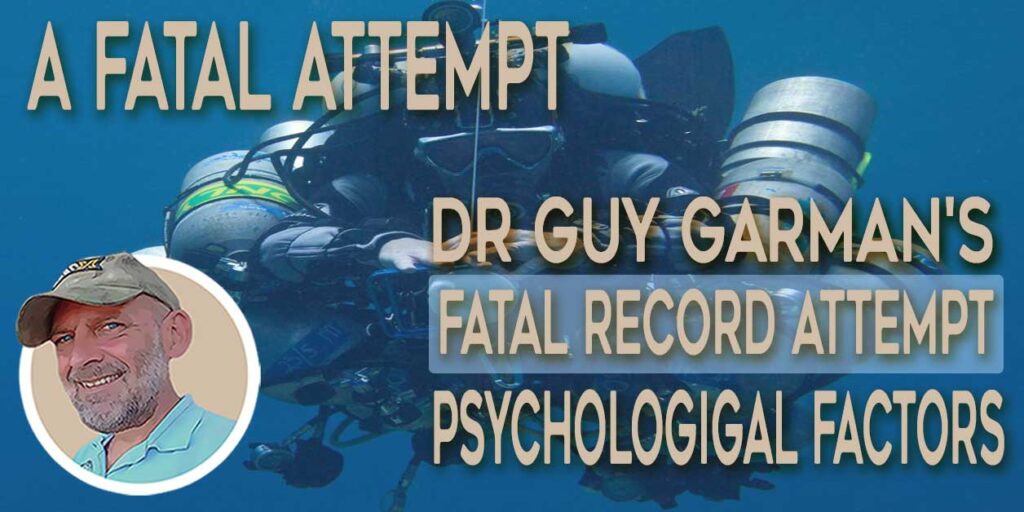
About The Author

Andy Davis is a RAID, PADI TecRec, ANDI, BSAC, and SSI-qualified independent technical diving instructor who specializes in teaching sidemount, trimix, and advanced wreck diving courses.
Currently residing in Subic Bay, Philippines; he has amassed more than 10,000 open-circuit and CCR dives over three decades of challenging diving across the globe.
Andy has published numerous diving magazine articles and designed advanced certification courses for several dive training agencies, He regularly tests and reviews new dive gear for scuba equipment manufacturers. Andy is currently writing a series of advanced diving books and creating a range of tech diving clothing and accessories.
Prior to becoming a professional technical diving educator in 2006, Andy was a commissioned officer in the Royal Air Force and has served in Iraq, Afghanistan, Belize, and Cyprus.
In 2023, Andy was named in the “Who’s Who of Sidemount” list by GUE InDepth Magazine.
Purchase my exclusive diving ebooks!
Originally posted 2022-11-20 00:36:56.







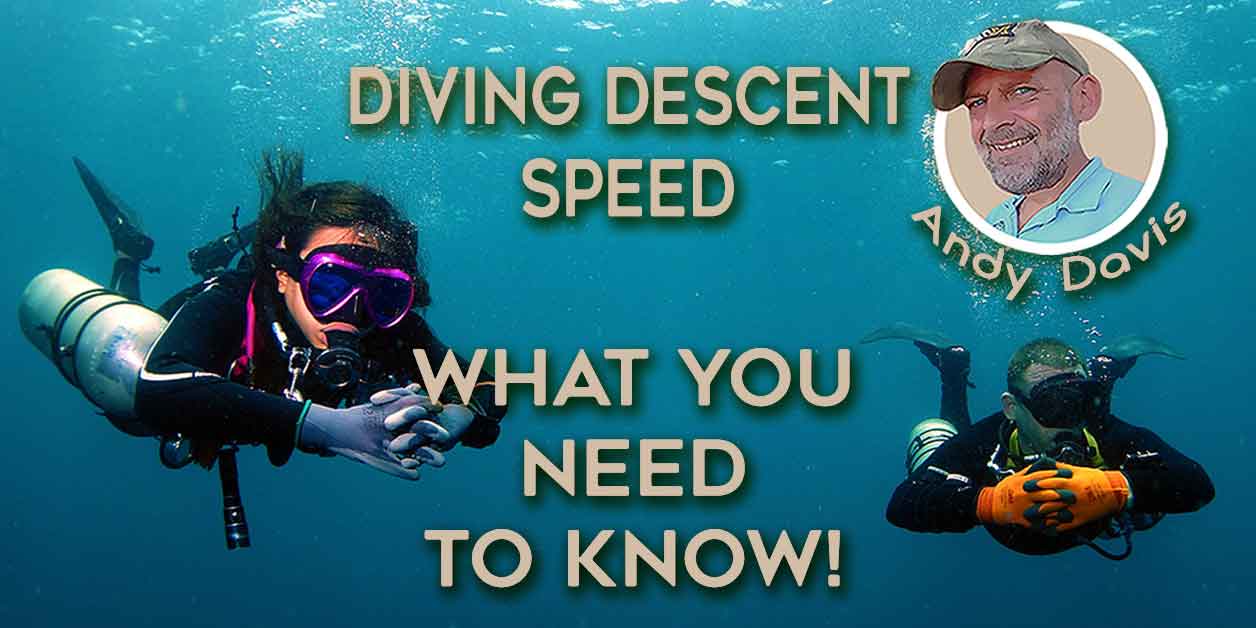
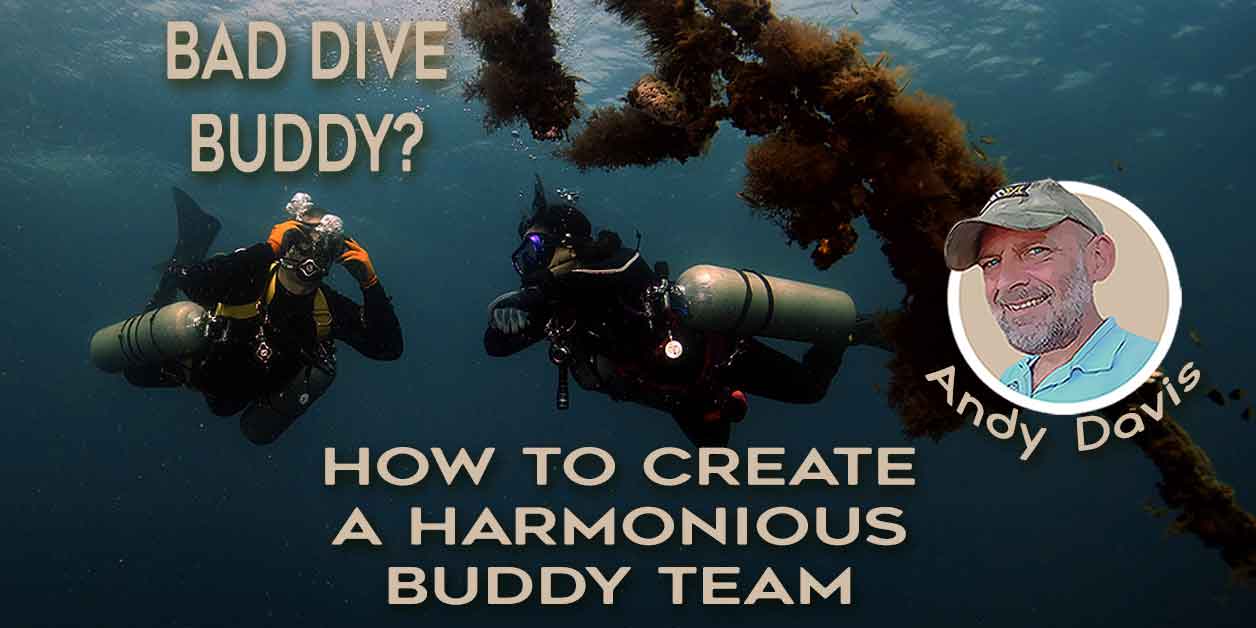
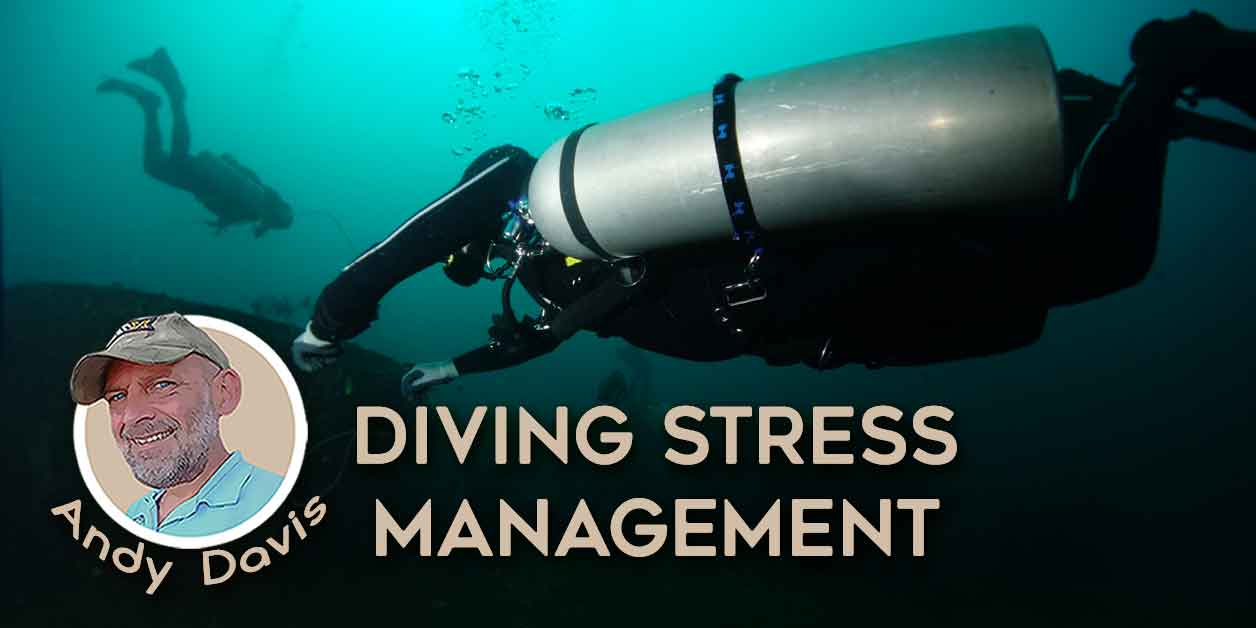
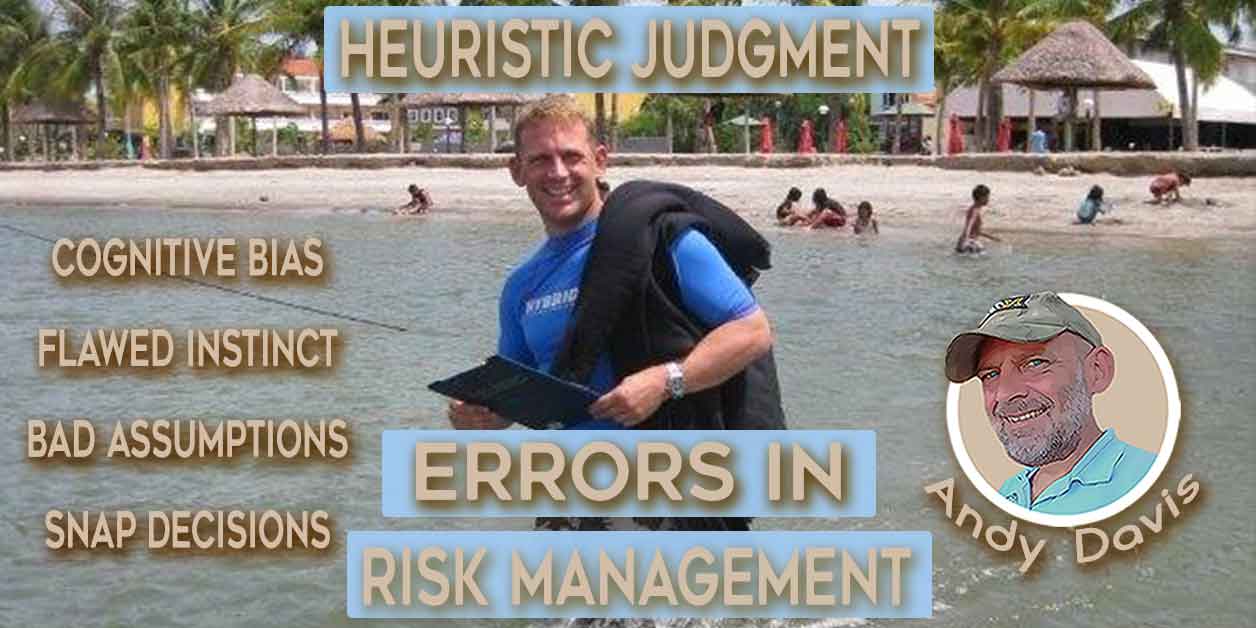
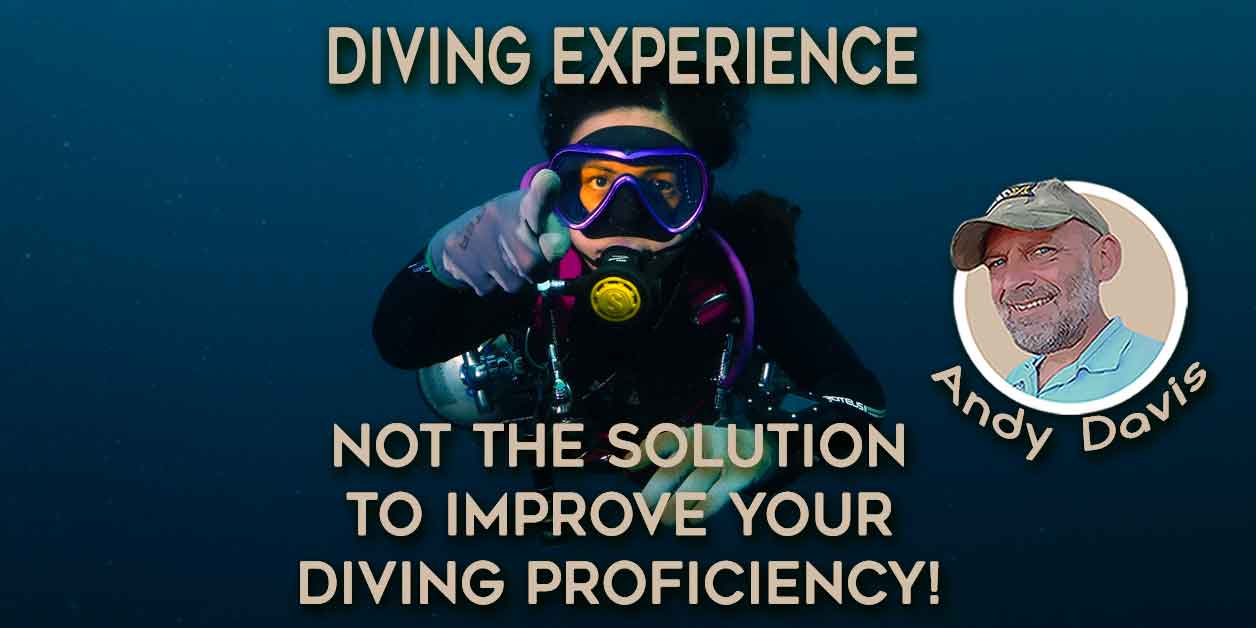
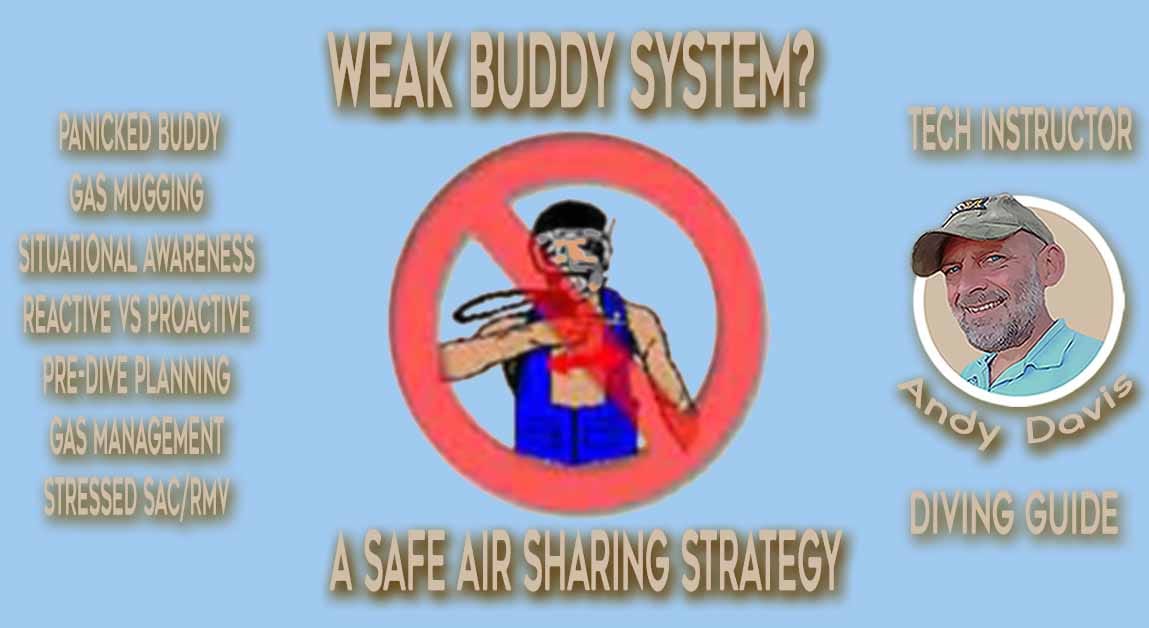
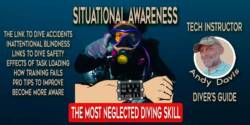
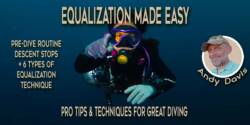

Wow…I can’t believe that Castillo was even charged. Gauci repeatedly refused to stop the dive even after she had buoyancy issues and a dry suit that was unfamiliar to her and poorly fitted. He could have insisted but that doesn’t ensure she’d listen. They weren’t teacher-student. They were diving as friends. This entire incident was badly handled. Tragic.
Ruling was overturned divemagazine.com/scuba-diving-news/judge-overturns-malta-dive-buddy-death-ruling
Maybe Castillo made some errors but it sounds like those are very common errors to make. He tried to abort the dive multiple times and she refused. When you’re in a situation like that, to take the only option he had remaining which was to refuse to get in the water with her in the first place, it makes you feel like you’re being overdramatic/blowing things out of proportion. She clearly knew the entire time that she was not doing well. Why she *insisted* on forging ahead is not a military vet being bravely stubborn, it’s just stupidity.
One point that stood out to me was the formal qualification to dive a drysuit.
Many divers do not receive formal training when switching to a dry suit, but rather get informal mentorship from (hopefully) experienced divers or instructors. Honestly, not having a dedicated drysuit education myself, at court the judge might question my level of qualification to dive or even teach in a drysuit, beside having completed several courses as a student as well as a instructor trainer whilst diving a drysuit…
Once again, formal qualifications cannot resemble the real life competence a diver actually has obtained through formal or informal training.
And that appears to have been ignored in this trial and might be ignored in further trials.
So we have to question our own diving culture of diving “beyond qualification”, no matter what level of competence we have, simply based on the cards we hold…? Definitely a topic to further discuss when legal prosecution against buddies becomes more common.
Good article: a clear example of “the incident pit” that BSAC teaches so thoroughly.
Reminds me of a (non-fatal) dry suit fast ascent I had to slow down with a less experienced (but better equipped) buddy a few years after I stopped instructing.
Spotted the memorial to Christine Gauci at 9m at the entrance to a small, shallow and beautiful cave on Gozo — though it appears from the description not to be the site of the accident (due to the conflict in depths described).
An interesting anaysis. I’m sharing here a translated synopsis of the courts procedures including the magistrates reasoning for the judgement. This has far more I formation than what the papers reported. https://www.divinginfo.mt/?p=1751
Outstanding article, very informative and a great reminder.. “any diver, can abort any dive, at any time”…! RIP Christine…
A summary of the judgement in English
https://www.divinginfo.mt/?p=1751